The Deceptive Problem
When your car starts making a weird noise, you know immediately what you’re in for. Unless you’re already in suspicion, or have been expecting a particular problem, finding the source of a bump or squeak can be a real challenge. A car has so many parts, an engine is such a complex machine, you’re more likely to take it to a mechanic than determine the problem yourself. A bike, on the other hand, seems such a simple machine in comparison. A creaking noise couldn’t be that difficult to resolve, right? Wrong. It’s a deceptively tricky repair, as my most recent experience of a creaking noise testifies.
Repair Stand v Real Riding
First off, my problem was specifically this: on every weighted rotation of the crank, a creaking noise was coming from the crank of the bike. “Weighted” is an important part of the description. This is part of the whole deceptive thing of this repair, because when the bike was on the repair stand, there was absolutely no creaking noise at all. I’ve encountered this dichotomy between stand and real life riding before; this is the reason why it is crucial to test a bike on the road after making repairs on the stand. I remember this happened to me with a slipping chain on my old LeMond Nevada City 16 speed road bike; under pressure the chain grinded and slid on the cassette and crank so badly that I was unable to ride it even 10 feet. It was actually an appalling problem, one that made me look like a complete idiot on the road as the bike chomped and stuttered. The point is, I had taken this bike with this problem to a bike shop twice, and twice the mechanics had told me they had fixed it, but they had failed to take it out for a test ride.
A Good Shortcut
Before taking anything apart or getting into a specific repair, I think a really good idea is to swap out the rear wheel for a spare, if you have one. Doing this will immediately determine if the problem is your freewheel or cassette, or your rear derailleur. The really deceptive issue with creaking sound from a bike is that it most often sounds like it’s coming from the crankset. It’s a weird phenomenon that can cause a lot of confusion. The initial response, therefore, is to start on the crankset area of the bike, which is what I did in error, and will describe below. Even if you put your ear to the frame to try and locate the creaking sound, a bad freewheel will sound through the tubes and the noise will be difficult to locate. I suppose it’s because everything on a bike is interconnected, its a machine that is a model of synergism, and it is hard to locate a sound through all its reciprocal mechanisms. So, try a different wheel. If you don’t have a spare, then get one, even taking it to your bike shop to try one; it will help make finding the problem a lot simpler.
Probable Causes
If you swapped out the wheel and the creaking problem goes away, then you know your issue is more than likely the freewheel ( or cassette ). This was the culprit of my last creaking issue on my Koepler bike. In this situation, I did it all wrong, all backwards, to solve the problem. I didn’t swap out the rear wheel to test it. I was convinced the noise was coming from the centre of the bike. So, firstly I removed the chain and replaced it with another used one, thinking it was more than likely that weak links were causing the noise. This didn’t work, though I would call out the chain as one of the biggest suspects of a creaking noise. Here’s my top 5:
- Freewheel
- Chain
- Bottom Bracket
- Crankset Teeth or Chainring Bolts
- Rear Derailleur
Looking back, I was fooled into doing a lot more work than necessary. I moved the chain off the crank and spun the crankset to check the bottom bracket. It didn’t spin smoothly, it definitely felt in need of a regreasing. I also took off the crankset, checked the chainring bolts for looseness and the teeth to see their condition. The crank seemed fine. So I set to work servicing the bottom bracket. More fool me.
Bottom Bracket – Not the Culprit
The bottom bracket needed a service but on seeing its condition I knew it wasn’t the cause of the creaking sound. The grease may have been old and sticky, preventing the spindle from turning smoothly, but it wasn’t causing such an obvious and drastic creak. That particular noise is the noise of a strain, and unless a bottom bracket is so bunged up that it can barely move, I don’t believe it will cause such a drastic sound. I even checked to see if the spindle was warped. It wasn’t. On a side note, I do despise those plastic containers for the ball bearings, they are practically impossible to clean thoroughly of grease, and what’s more their edges become sharp and nasty. Nevertheless, after servicing and replacing the bottom bracket, I was left with rear derailleur or the freewheel as culprit. The chain, bb, and crank were definitely ok. The derailleur’s jockey wheels were in decent shape, they were spinning freely, so the Maillard 6 speed Course freewheel was my last hope for solving the creak.
The Fix
Luckily I had a replacement freewheel with the same standard ISO threading , 1.375 x 24tpi, a 6 speed Suntour with a larger ratio. French threaded freewheels have a 1.366″ x 25.4 tpi thread. Removing a freewheel can be an extremely intense experience, requiring the right tool and a lot of brute force, the sort that can cause a hernia. This one came off without much difficulty, and as soon as I replaced it with the Suntour I got the bike on the road to test it. I cringed when I pushed on the pedals for the first time ( “please please please..“ ) But, to my great relief, silence. The effortless simplicity of the bicycle returned to me, and with its newly greased bottom bracket, the bike was a joy to ride. Thank god that’s fixed, was the thought. The Maillard freewheel looked in decent condition, its teeth weren’t too worn, but I believe freewheel cog wear can hide itself well. My conclusion is that the chain was being strained on the worn teeth, causing the ugly sound. So, watch out for those old freewheels.


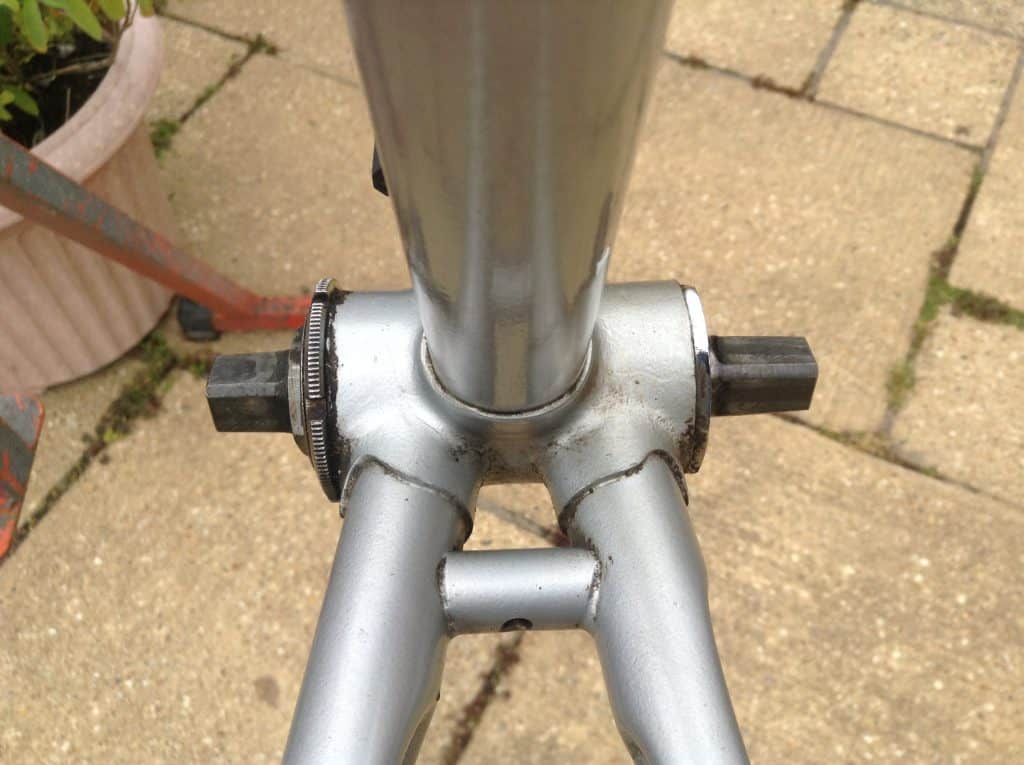
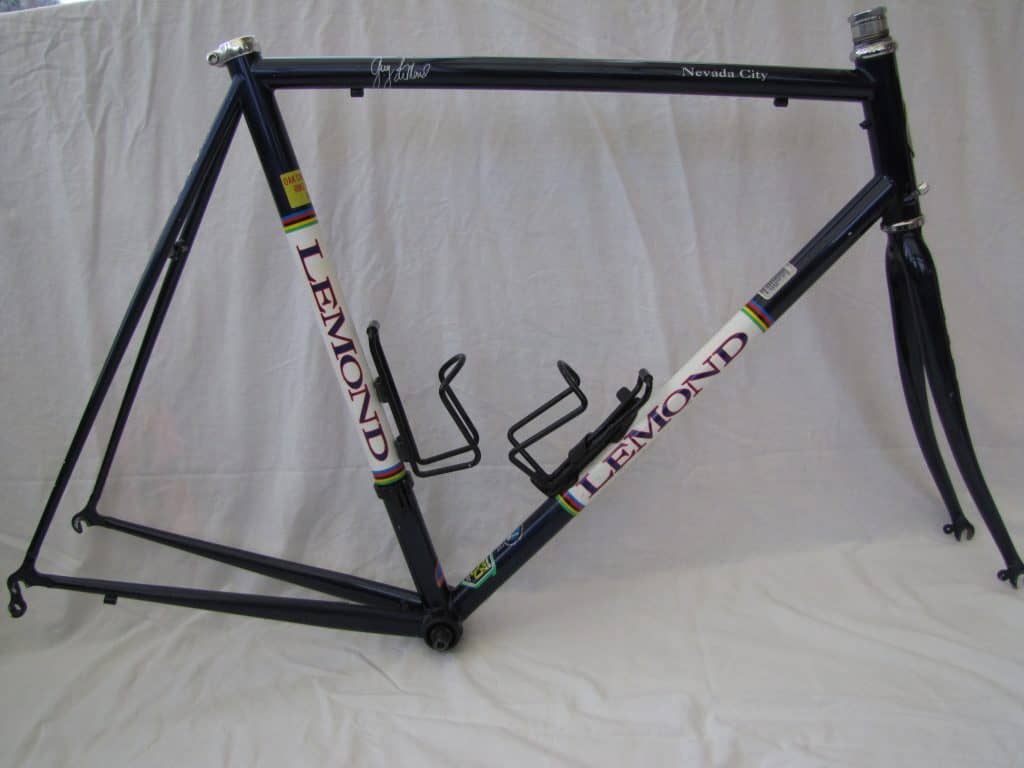
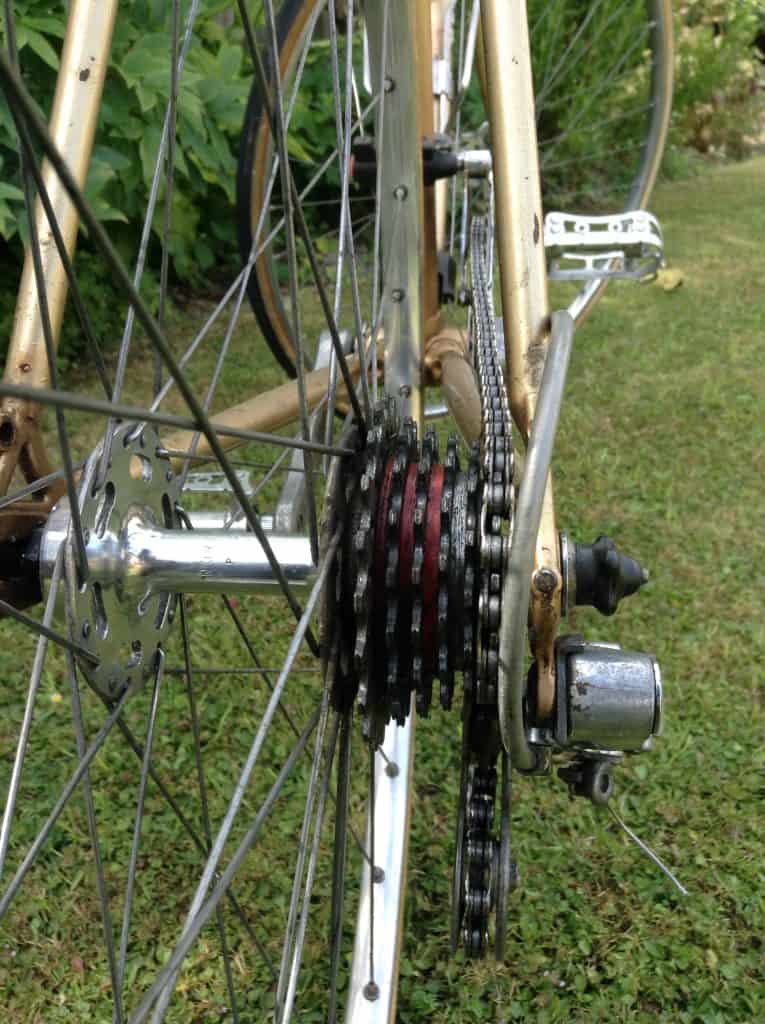
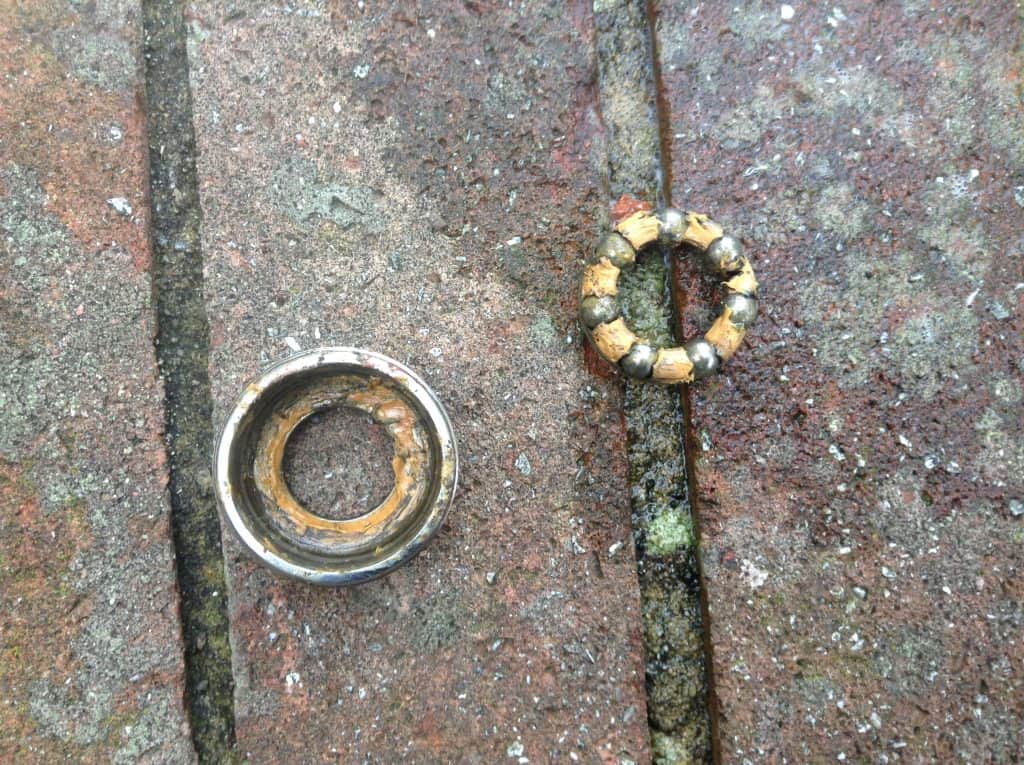
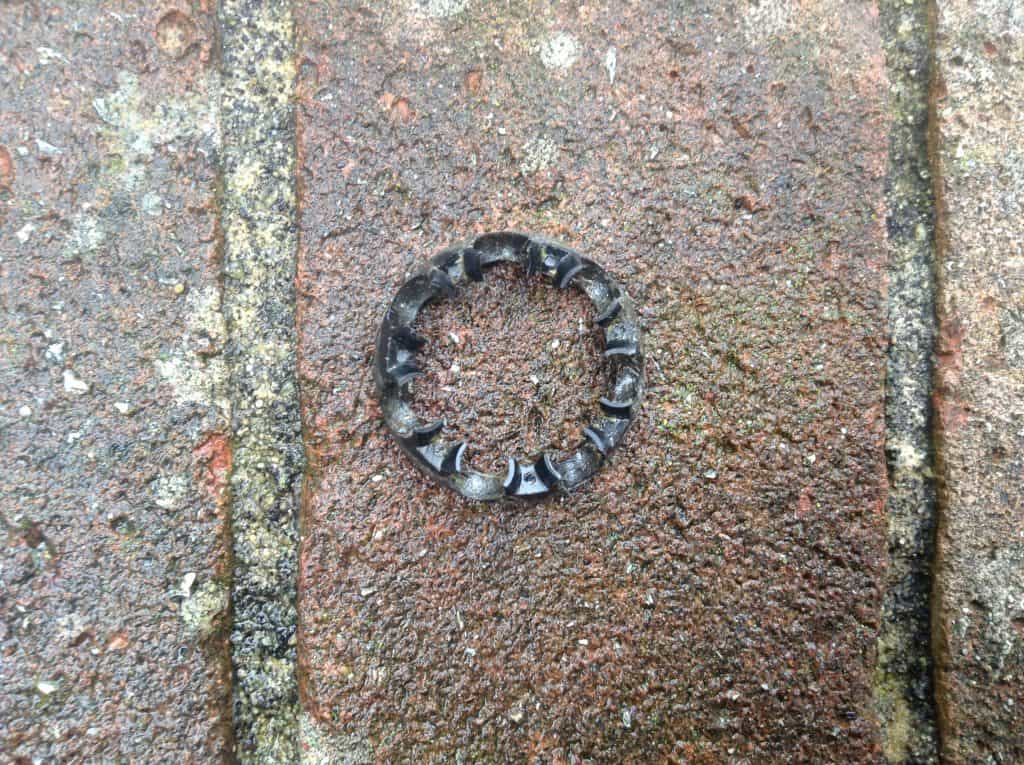
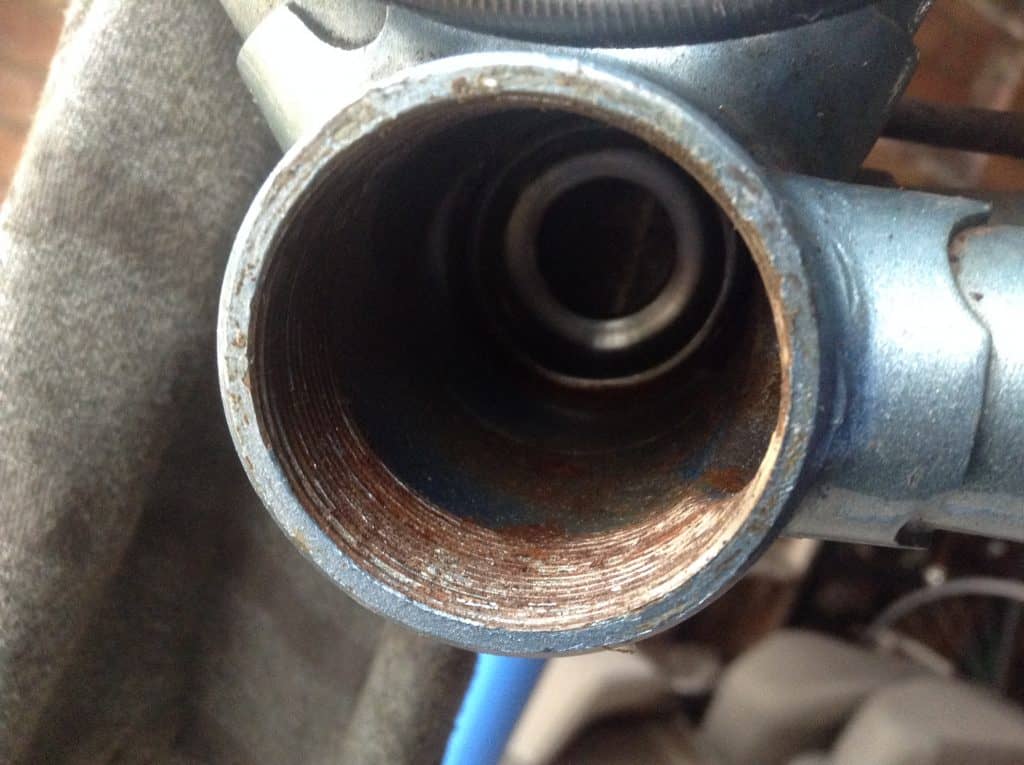
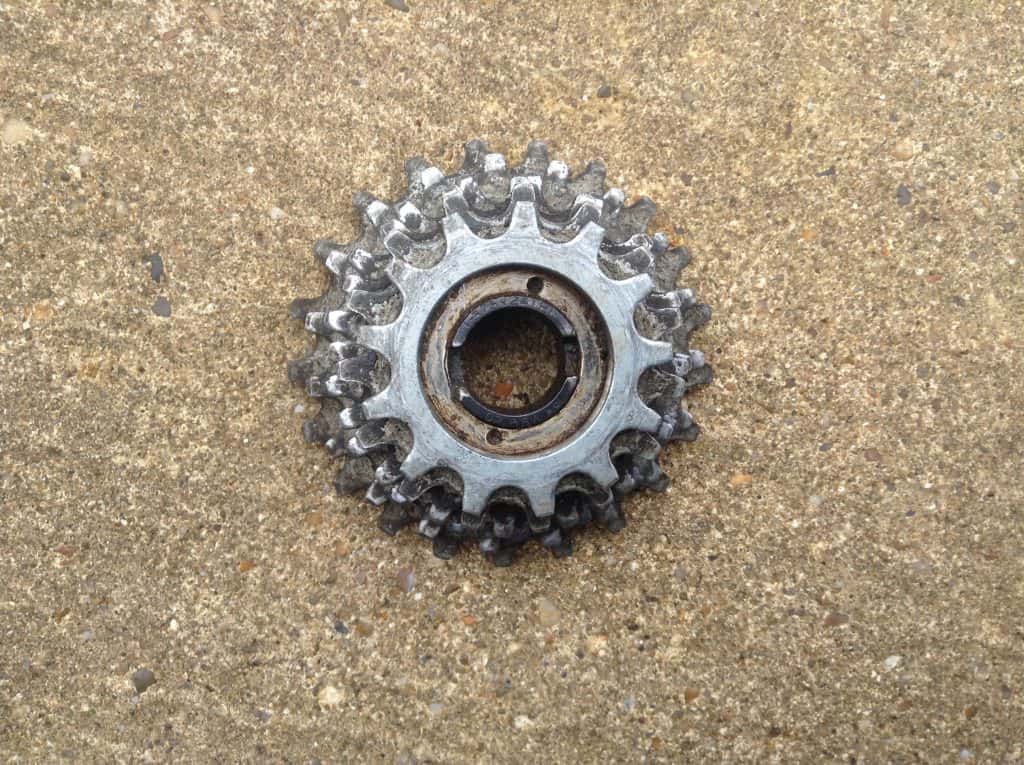
Recent Comments